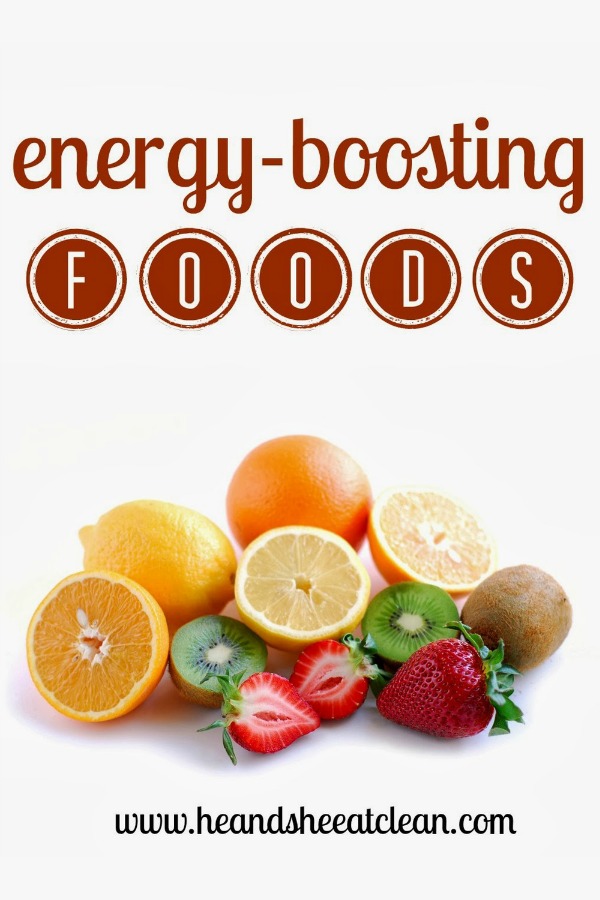Chances are, if you have been keeping up with our blog, you have started to notice a spike in your energy levels. If not, in addition to eating a clean lifestyle and regulating your metabolism below are foods that you can use to help give you fight fatigue (and hunger!).
In no particular order:
6 Simple Additions to your Diet to Help Fight Fatigue
1. Water
Good old H20. How much do you drink per day? Remember, eight – 8-ounce glasses of water per day is only your starting point. Beginning to feel sluggish? Start with a glass of water first, assess your mood, and then reach for that healthy snack. More information on optimal water consumption here.
2. Fruit
Yes, fruit does contain sugar. BUT, it’s natural sugar. Sugar that your body happily digests since it was designed to digest it naturally! Fruit also contains key vitamins and minerals that are important for your body’s optimal performance. For example, one of the best fruit-based energy sources you can choose is the banana. High in potassium, a nutrient that is not only a key electrolyte in your body but partially responsible for your optimal nerve and muscle function provides about 110 calories (medium banana) of quick, easy-to-use energy for your body.
3. Oatmeal
What food do you start your day off with? Oatmeal is an excellent choice! It contains both carbohydrates and protein, which translates into a slower breakdown and absorption of the oatmeal in your body. This helps maintain your metabolism at a healthy level and provides longer, more sustainable energy rather than a quick short burst that is typically followed by a sharp crash an hour later. Additionally, oatmeal contains fiber. (Oh you must be so excited!) Not only does the oatmeal break down slower than other carbohydrate forms, but because of the fiber it now helps show the release of sugar (or glucose) in your body. Less sugar released = less sugar converted to fat in your body. Woohoo!
Try to stick with plain oats (we love these quick oats!) with real fresh fruit for your topping and limit the amount of added sugar or try one of our most popular oat recipes:
4. Quinoa
Similar to oatmeal, quinoa, although in the grain family is rich in protein. It is the perfect complement to baked chicken, fish, or filler in your salad. Quinoa is a slow-releasing carbohydrate and protein source that will keep you fuller longer and keep your energy levels up.
5. Whole Grains
You have heard it from us before – whole grain, whole grain, whole grain. Why eat part of something when you can have it all? Yes, I said HAVE IT ALL! It’s funny to think in those terms, but when you eat whole grain, you provide your body the chance to break it down, thus prolonging the energy conversion rate in your body. White flours and white rice have already been stripped of their “whole” parts leaving you with a little less and a lot less time for your body to digest it. Do yourself a favor – switch your white rice for brown rice, your white flour for whole grain or whole wheat flour, and your regular white potatoes for heartier sweet potatoes.
6. Seeds/Tree Nuts
Back to nature, these provide essential fatty acids and fat sources that help to digest nutrients, including important mood-enhancing and energy-providing vitamins in your body. Skip the chocolate-covered peanut brand though and go straight for whole, raw nuts like almonds.
Now, all good news must come with a little bad…
Foods to Avoid:
- Candy Bars
- Cookies
- Baked goods like cakes, cupcakes, and croissants
- Sodas and fruit drinks. These contain too much sugar that will give you a quick burst of energy, but leave you passed out on your desk an hour later.
- Caffeine. Again, sounds like a great idea, but is the crash an hour later really worth it? Nope!
Come on… Rev it up!
4

Leave a Reply